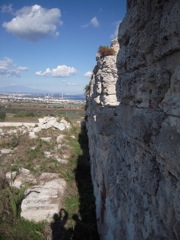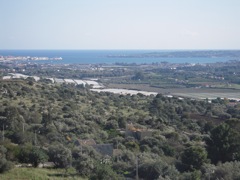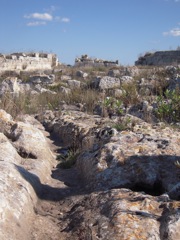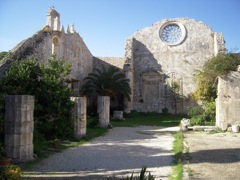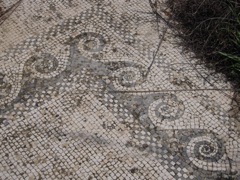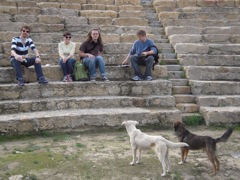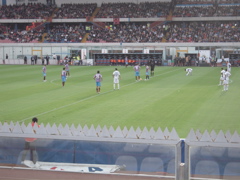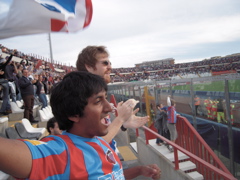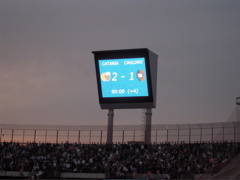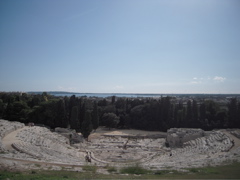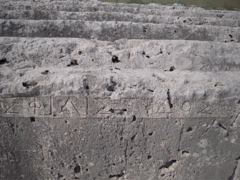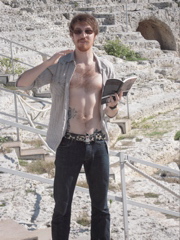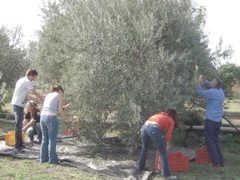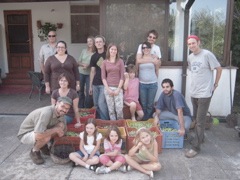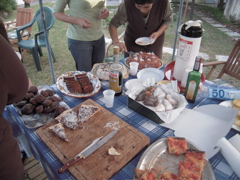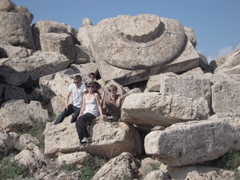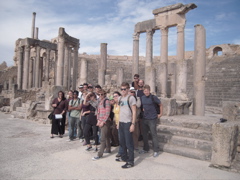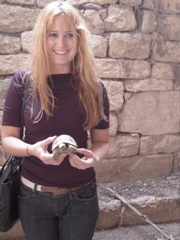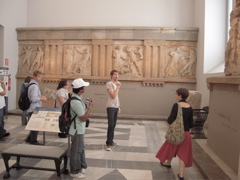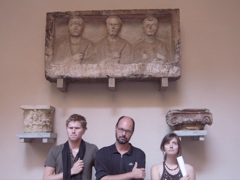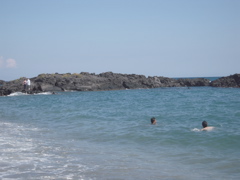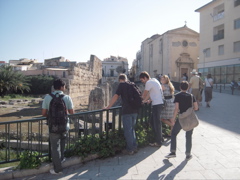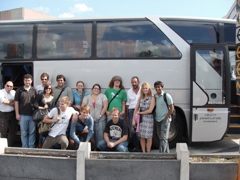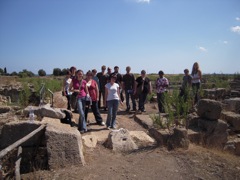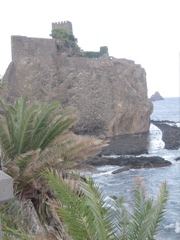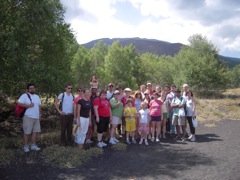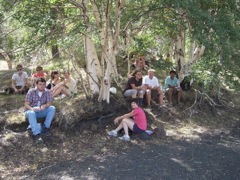Today we visited Eurialo, the
great fort outside of Syracuse, probably built initially by Dionysius I as part
of his strategy to enclose the whole ridge with a wall in order to prevent an
attacker occupying the ridge and investing the city (as Athens tried to do in
414-3). That fort probably had little in common with the present one, since it
was updated in response to developments in siege warfare by the tyrants that
followed him until Syracuse was brought into the Roman empire.
The key is to keep catapults
away – ironically, the basic mechanism was invented by Dionysius’ engineers –
but the whole fort represents a battle to keep the catapults back. So lots of
ditches – and your own catapult to
get theirs, preferably on a high tower so you can get them when they
cannot get you, but are frantically filling in your ditches (which you sally
forth to clear out).
Nice place for a catapult…
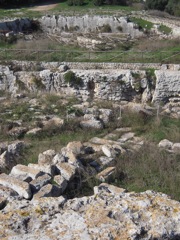
With a good view over the
ditches…
And a nice view of the Great
Harbor, scene of Athens’ crushing naval defeat of 413. Moral of the story – don’t’
underestimate Sicily!
Nice gate too…
And we also visited the crypt
and catacombs of St John (San Giovanni). The above-ground ruins are
picturesque, but relatively recent (Medieval). The below ground crypt and
catacombs are amazing, but you have to go with a guide, who hurries you through
and won’t let you take photos. You will have to come on the program!


